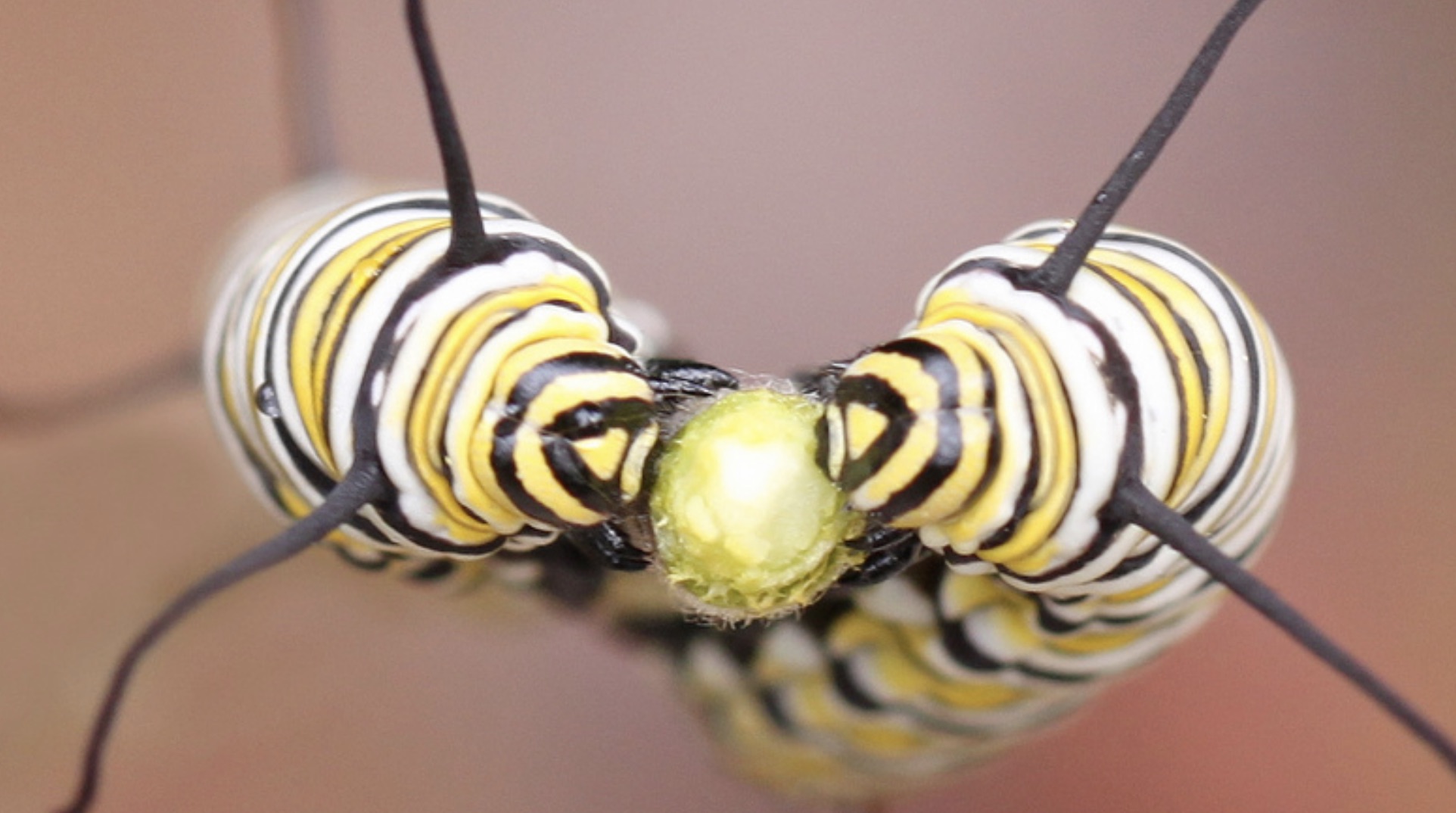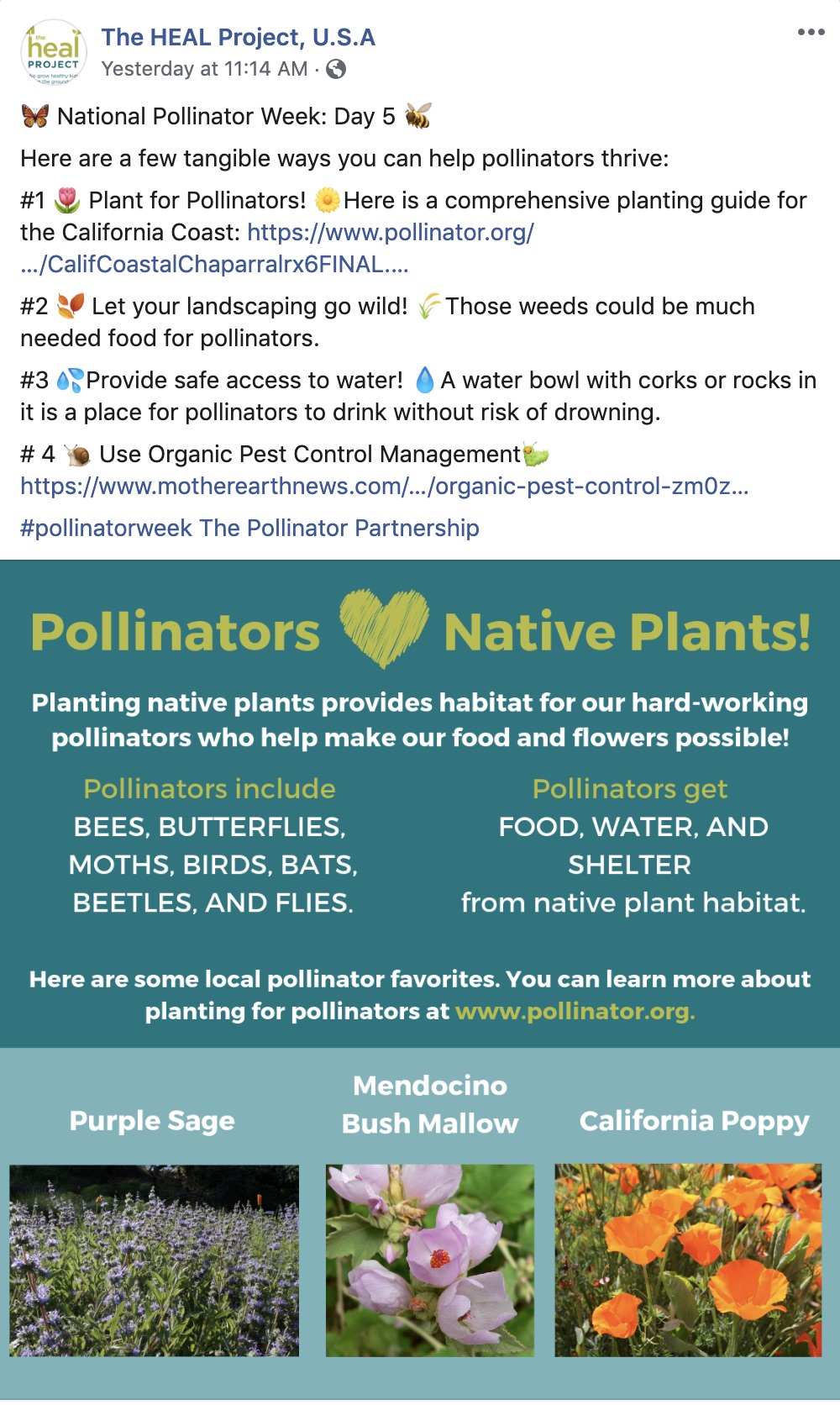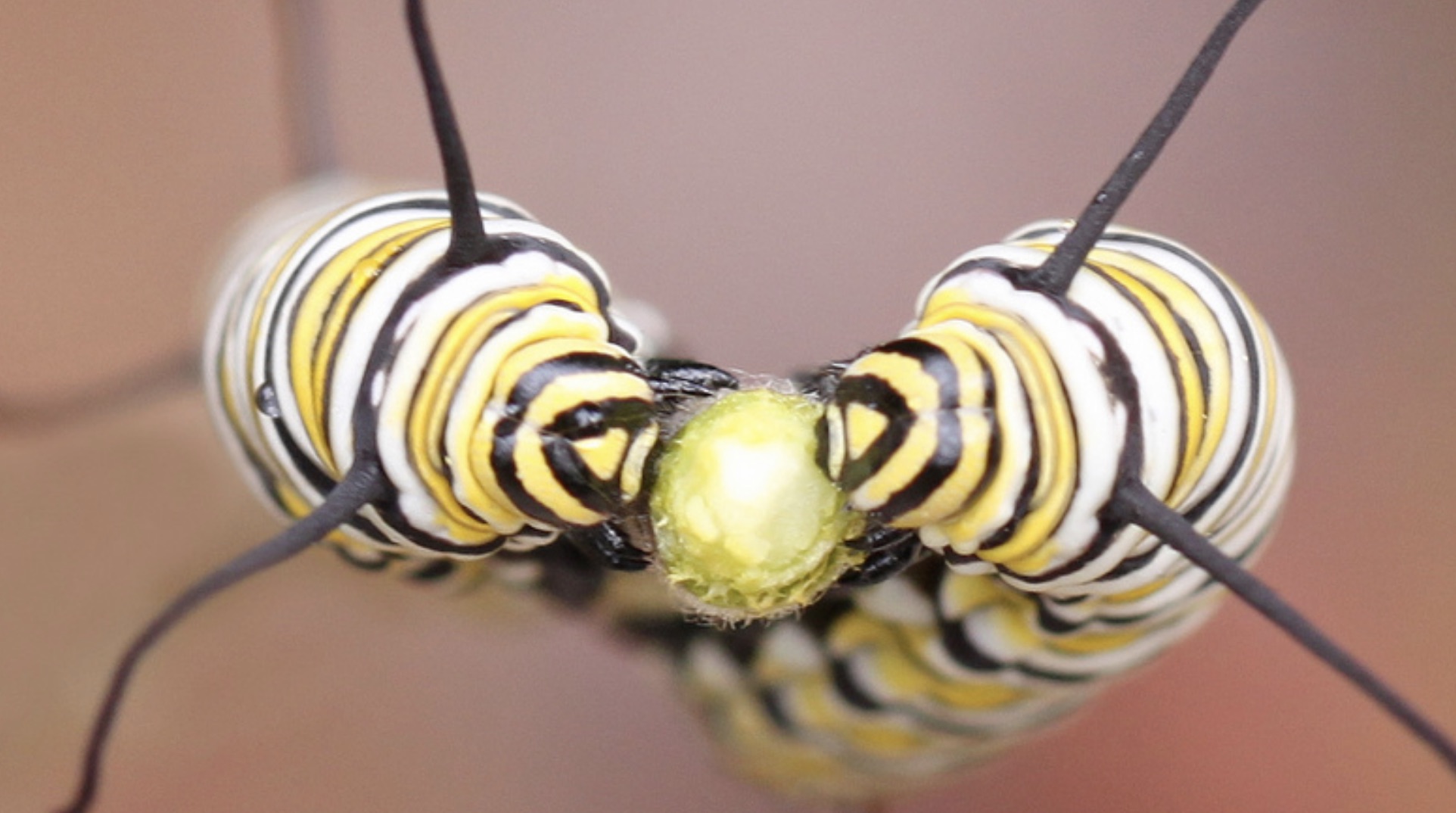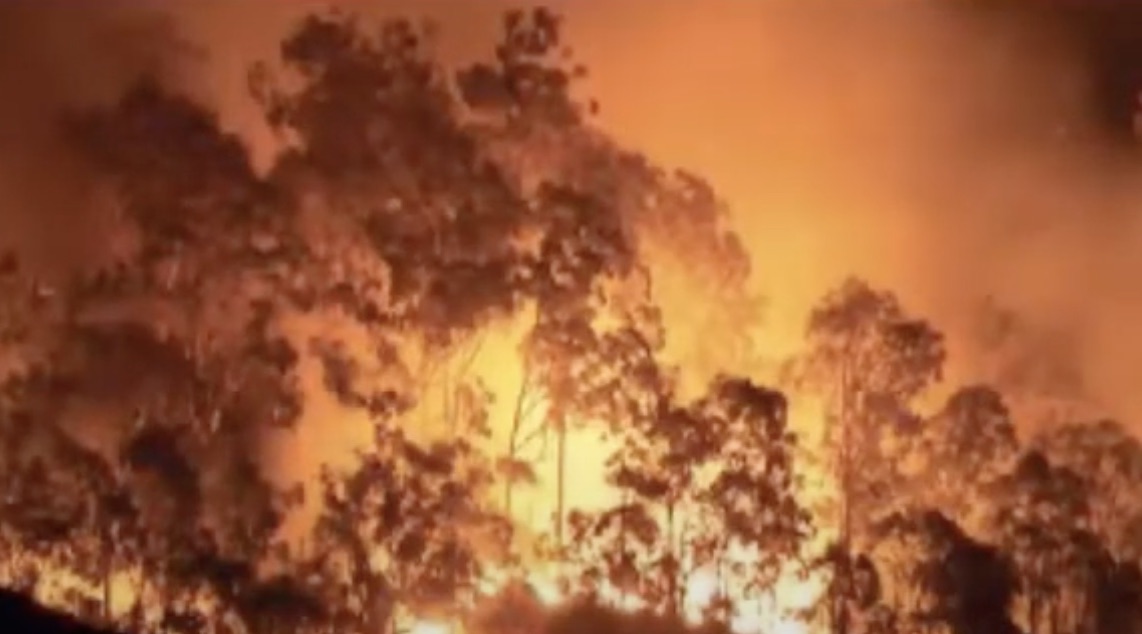|
Getting your Trinity Audio player ready...
|
LINK ARTICLE. by Liam O’Brien of Bay Nature. March 3, 2015
In fact, we’re in a bit of a monarch mania at the moment as the population count continues to drop.
The Obama Administration recently tossed a cool $3.2 million to restore monarch butterfly habitat in the Midwest with the aim of getting the eastern population to a billion (fewer than 50 million monarchs made it to Mexico last winter). Meanwhile, the U.S. Fish and Wildlife Service has started a status review to see if monarchs deserve to be listed under the Endangered Species Act.
There’s even a movie out, Butterfly Town, USA, about the fight to save an overwintering site for western monarchs near the city center of Pacific Grove, California. (A free premier is showing April 2 in Palo Alto).
Butterfly Town USA – Film Trailer from Dorothy Fadiman on Vimeo.
All the attention has prompted monarch fans and environmental do-gooders to action. Perhaps the simplest thing to do is plant milkweed, an herbaceous perennial that’s the prime larval food source for monarchs. But it turns out that planting milkweed may not, in fact, always be the right thing to do to save monarchs.
Bay Nature put this question to local lepidopterist Liam O’Brien and the Xerces Society‘s Bay Area liaison, Mia Monroe (who is also site supervisor of Muir Woods National Monument).
With the monarch butterfly population in deep decline, should I plant milkweed in my garden?

O’Brien: The answer to this question seems more and more complex each day. People want an easy equation: Monarch + Milkweed = Saving Monarchs. Unfortunately in the Bay Area, we were inundated will a Goodwill tsunami of non-native tropical milkweed from Home Depot that went into everyone’s garden during the voguish years of “Butterfly Gardening” (70s-90s), so the question is not starting from a neutral base.
Turns out there is strong evidence that planting milkweed (Aesclepis sp.) in places it never was (San Francisco and other California counties) might not be the best idea. If they never bred somewhere, making them breed is not helping them. They should move along, or nectar, or overwinter in their South/Southwesterly Migration. Milkweed that never was is not missing. Get it?
So, this is what I would advise: a) Find out the local, native Milkweed endemic to your area. (Do not proceed to Home Depot because tropical milkweed is easier to buy. Do your research: call your local California Native Plant Society Chapter) b) If you live in Northern San Mateo County or San Francisco County, DO NOT PLANT MILKWEED.
This may seem counterintuitive BUT THAT is actually helping the monarch. Contact the Xerces Society if you are not sure. Better to plant nectaring flowers in your garden if you are not sure. That will help them.
Is there a collapse in the numbers known for Monarchs in their migration? Yes. Is the solution more milkweed? Not sure. Greater folks than myself are studying it. Zealot commitment by the novice gardener must remain sound in science. Do not get caught up in The-Sky-Is-Falling-In-On-Monarchs hysteria. The Monarch, folks, isn’t going away anytime soon.

Monroe: Besides the basic premise of learning from nature, by doing the research, (i.e. don’t plant milkweed where it didn’t naturally grow AND plant the native species) Liam tucks in another universally solid suggestion: plant nectar plants!
Since planting native milkweeds is a helpful thing to do in parts of the Bay Area, the Xerces Society website is very helpfulas they can help with identifying the right species, recommend sources, offer growing tips, and provide support for those able to do so on a large scale.
Monarch butterflies have always been provocative! With many of their overwintering grounds in eucalyptus trees and located in the high end real estate of the California coast, there have always been conflicts about the right thing to do for this species.
Now that the population throughout North America has declined so precipitously, it is time for a wake up call. Sure will make for good and thoughtful discussion, hopefully some serious changes too that could hopefully lead to more attention and respect for other butterflies, their relationship to plants.
We also hope to have a wider discussion this fall: 2015 marks 200 years since western science observed monarchs in California, and this was on what we now call the Presidio!









